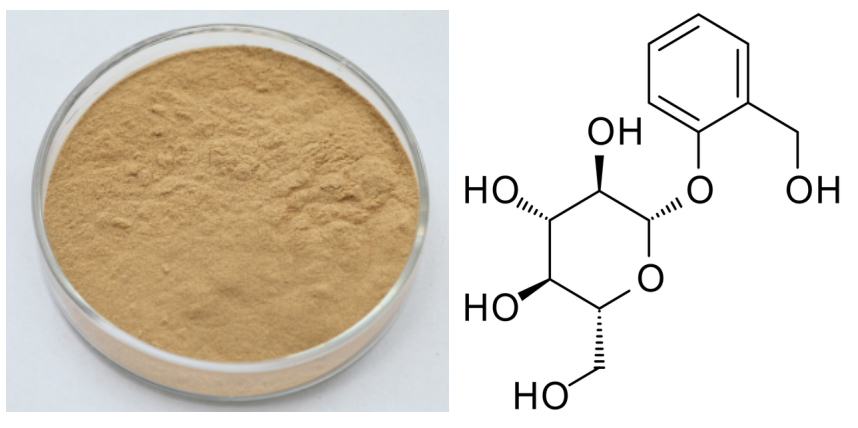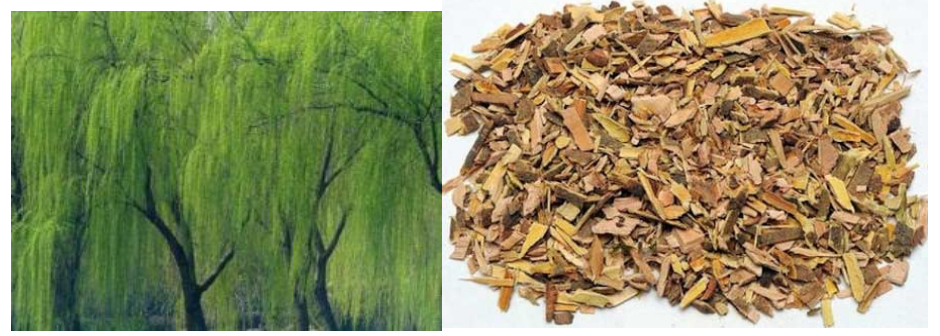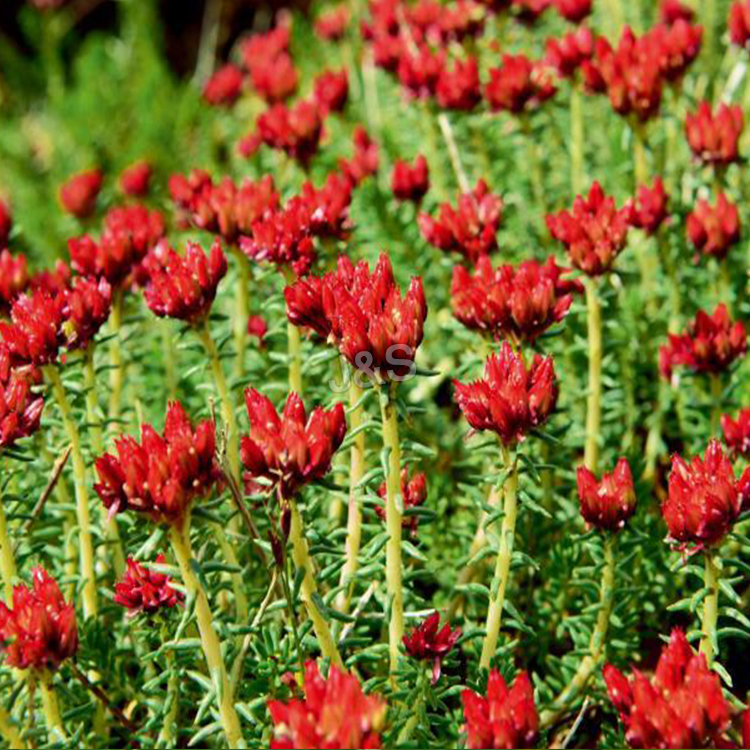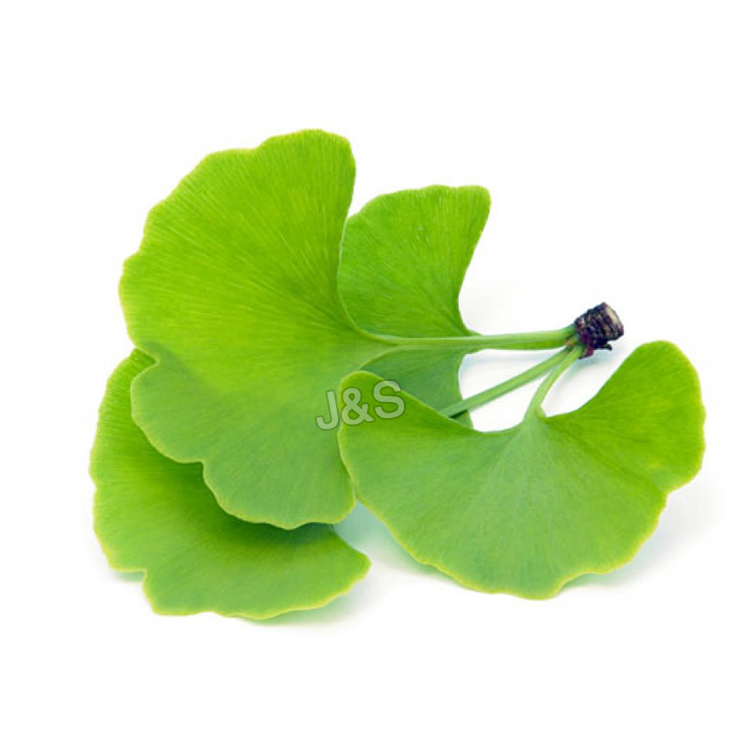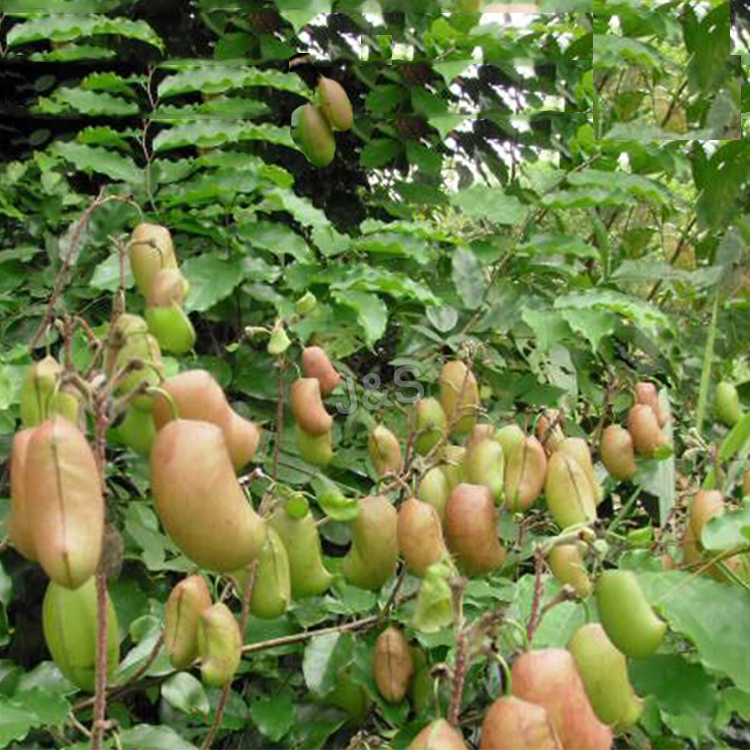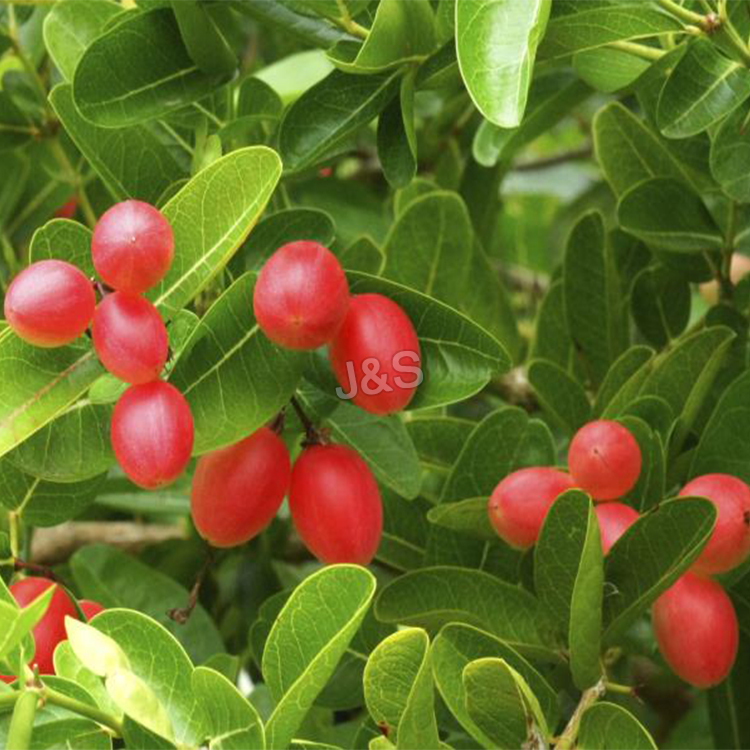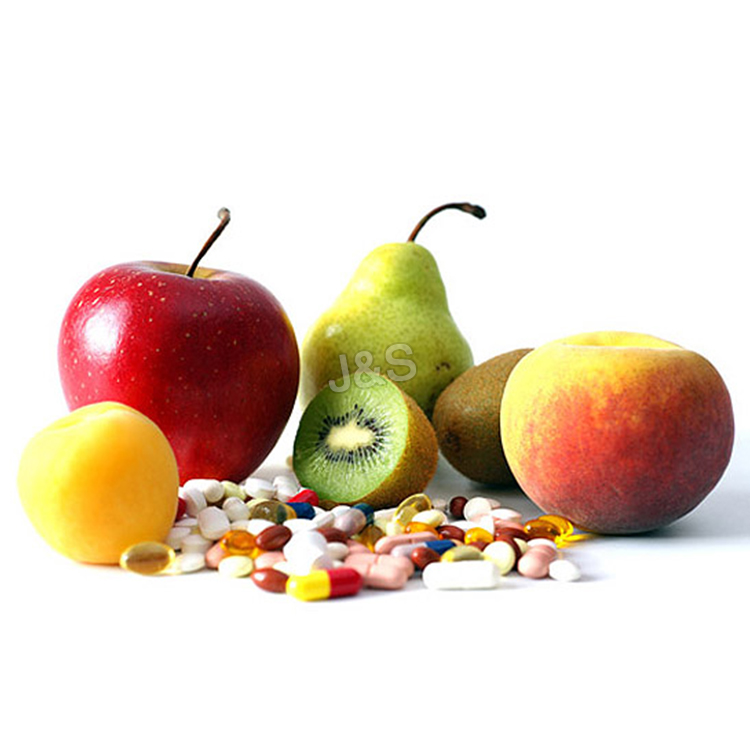OEM/ODM Supplier for White Willow Bark Extract Factory from Chile
OEM/ODM Supplier for White Willow Bark Extract Factory from Chile Detail:
[Latin Name] Salix alba L.
[Plant Source] from China
[Specifications] Salicin 15-98%
[Appearance] Yellow Brown to White powder
Plant Part Used: Bark
[Particle size] 80 Mesh
[Loss on drying] ≤5.0%
[Heavy Metal] ≤10PPM
[Storage] Store in cool & dry area, keep away from the direct light and heat.
[Shelf life] 24 Months
[Package] Packed in paper-drums and two plastic-bags inside.
[Net weight] 25kgs/drum
Brief Introduction
Salicin is a naturally occurring compound found in the bark of several species of trees, primarily North American in origin, that are from the willow, poplar, and aspen families. White willow, from whose Latin name, Salix alba, the term salicin is derived, is the most well known source of this compound, but it is found in a number of other trees, shrubs, and herbaceous plants as well being synthesized commercially. It is a member of the glucoside family of chemicals and is used as an analgesic and antipyretic. Salicin is used as a precursor for the synthesis of salicylic acid and acetylsalicylic acid, commonly known as aspirin.
A colorless, crystalline solid in its pure form, salicin has the chemical formula C13H18O7. Part of its chemical structure is equivalent to the sugar glucose, meaning it is classified as a glucoside. It is soluble, but not strongly so, in water and alcolhol. Salicin has a bitter taste and is a natural analgesic and antipyretic, or fever reducer. In large quantities, it can be toxic, and overdoses may lead to liver and kidney damage. In its raw form, it may be mildly irritating to skin, respiratory organs, and eyes.
Function
1. Salicin is used to ease pain and reduce inflammation.
2. Relieve acute and chronic pain, including headache, back and neck pain, muscle aches, and menstrual cramps; Control arthritis discomforts.
3. Relieve acute and chronic pain.
4. It has the same effect on the body as aspirin without any of the side effects.
5. It is an anti-inflammatory, a fever reducer, an analgesic, an anti-rheumatic, and an astringent. Specifically, it helps to relieve headaches.
Application
1.Anti-inflammatory, anti-rheumatic,
2.Reduce a fever,
3.Use as an analgesic and astringent,
4.Relieve headache,
5.Ease pain caused by rheumatism, arthritis, and carpal tunnel syndrome.
Product detail pictures:
Related Product Guide:
With responsible good quality method, good status and excellent client services, the series of solutions produced by our company are exported to lots of countries and regions for OEM/ODM Supplier for White Willow Bark Extract Factory from Chile , The product will supply to all over the world, such as: Greece, Latvia, Atlanta, We are in continuous service to our growing local and international clients. We aim to be worldwide leader in this industry and with this mind; it is our great pleasure to serve and bringing the highest satisfaction rates among the growing market.
ये 7 गलतियाँ आपकी जिन्दगी बर्वाद कर देगी |7 Mistakes that can ruin YOU.
इस विडियो को पूरा देखे यह आपके लिए बहुत ही फायदेमंद है |
इसे ज्यादा से ज्यादा share करे |
LIKE…..COMMENT YOUR PROBLEM…SHARE…SUBSCRIBE my channel…
Description
हम आपके लिए विभिन्न रोगों से छुटकारा पाने का आसान और घरेलु नुस्खो को लाते है जो 100% कारगर और सिद्ध होते है |
इसी प्रकार की उपयोगी videos की जानकारी के लिए हमारे चैनल को जरुर से जरुर सब्सक्राइब कर ले |
Here you will get all the health benefits and natural tips for your well-being and healthy life. Engage you in this channel for sometime to get new natural tips daily for your healthy living.
We’ve received a lot of support and appreciate everything you do. Please consider subscribing and spreading the word.
We try to answer all messages, so please feel free to say your feelings and problem.
Thanks
*The content on this Channel is intended for informational and educational purposes only. Consult a doctor for medical advice, treatment or diagnosis.
.
हमरे चैनल को जरुर से जरुर SUBSCRIBE करे |
अगर आपको विडियो अच्छा लगा तो like ,कमेंट ,share और सब्सक्राइब जरुर करे |health care home remedies,health home and happiness,health home care,health home remedies,health home tips,health home tips in hindi,home and health channel,men’s health home gym,a relationship between husband and wife,relationship goals,relationship problems,relationship tips,relationship videos,ayurved samadhan,ayurveda,ayurveda advertisement,ayurveda guru,ayurveda health care,ayurveda home remedy in hindi,ayurveda india,ayurveda tips,ayurveda videos
सुहागरात मानाने के लिए मजेदार टिप्स,सुहागरात,सुहागरात मानाने के लिए,मजेदार टिप्स,Suhaagraat manane ke liye,Suhaagraat manane ke liye majedaar tips,majedaar tips, नंगे होकर सोने के अनोखे फायदे,नंगे होकर सोने,नंगे होकर सोने के अनोखे फायदे जानकर रह जायेंगे हैरान,Nange hokar,Nange,Nange hokar sone,Nange hokar sone ke faayde,फायदे जानकर रह जायेंगे हैरान, ऐसे चाटेंगे योनी तो बीवी कहेगी बस करो,Aise chatenge yoni to biwi kahegi bas karo,Yoni ko chatne ka tarika,Yoni ko chusne ka tarika,Mahila ko uttejit karne ka tarika,Sambhog me aanand ka tarika,योनी को चाटने का तरीका,योनी को चूसने का तरीका,योनी,चाटने,चूसने,चूत,काटने,Yoni,chatne,chusne,kaatne,faayde, स्पर्म अर्थात वीर्य,स्पर्म अर्थात वीर्य पीने,स्पर्म अर्थात वीर्य पीने के चमत्कारी फायदे,sperm arthat virya peene,sperm arthat virya peene ke,sperm arthat virya peene ke chamatkari faayde,sperm peene ke faayde,virya peene ke faayde, मरदाना ताकत को बढ़ाएगी ये चार चीज़े,मरदाना ताकत,मरदाना ताकत को,मरदाना ताकत को बढ़ाएगी,Mardana takat ke liye khaye ye chaar cheeze….,lund bada karne ke tarike,mardana takat badhaye,Mardana takat badhane ka tarika,
Natural Home Remedies,tutorial,how to,ling bada karne ke desi nuskhe,herbalmaza,male enhancement,ling ko mota karne ke nuskhe,ling ko bada karne ke upay hindi,mota karne personal health,lund bada karne ke tarike,ling bada karne ke tarike,ling ko bada karne ka desi tarika,ling mota kaise kare,ling bada karne ka oil,ling bada karne ke gharelu upay,herbal maza,how to get long penis,ling ko lamba hard or ling ko mota karne ka gharelu nuskha in urdu,dick enlargement
health care home remedies,health home care,health home remedies,health home tips,health home tips in hindi,home and health channel,a relationship between husband and wife,relationship goals,relationship problems,relationship tips,relationship videos,ayurved samadhan,ayurveda,ayurveda advertisement,ayurveda guru,ayurveda health care,ayurveda home remedy in hindi,ayurveda india,ayurveda tips,ayurveda videos,sambhog karne ka tarika
breaking news,news channel,hindi news,news in hindi,bhaskar,india tv,ndtv,news nation,ajj tak,jio,richest,modi,bjp,congress,india,china,pakistan,us,usa,dubai,amazing,russia,qrab,gulf,yudh,china vs india,ankho dekhi live,fight,viral news,viral video,trending,tags,views,mia khalifa,star,gandi,bf,sapna,sunny leone
sex in periods,safe sex in periods,should we sex in periods,periods sex,sex in the menstrual,maasik dharm me sex,sex in the maasik dharm,how to do sex in the periods,sex periods me,sex,periods,menstrual,menstrual sex,मासिक धर्म,मासिक धर्म में सेक्स,सेक्स करें या नहीं,मासिक धर्म में सेक्स करें या नहीं, How To Sex in Periods,can you get pregnant on your period,Sex Tips In Menstruation,sex in periods,mc period,how to pregnant a woman at period,sex tips,sex,menses sex,periods sex,choot,chut,land,lund,gand,gaand,sex in menstruation,health tips,sexual life,bleeding,condoms,sexual tips,menses tips,health,health tips for women,daily health tips,health care tips, muth,muth marne ki aadat,muth marna,mooth marna,muth mari,hastmaithun,hastamaithun,masturbation habbit,porn films,masturbation,how to quit masturbation,muth marna kaise chhode,hastmaithun kaise chode,ling,land,lund,masterbation,how to mastrubate,hastmaithun ke nuksan,hastmaithun ke side effect in hindi,muth marne ke tarike,hastmaithun meaning
धन्यवाद |
आपका दिन शुभ हो |
Have A Good Day. TAKE CARE
This supplier's raw material quality is stable and reliable, has always been in accordance with the requirements of our company to provide the goods that quality meet our requirements.
